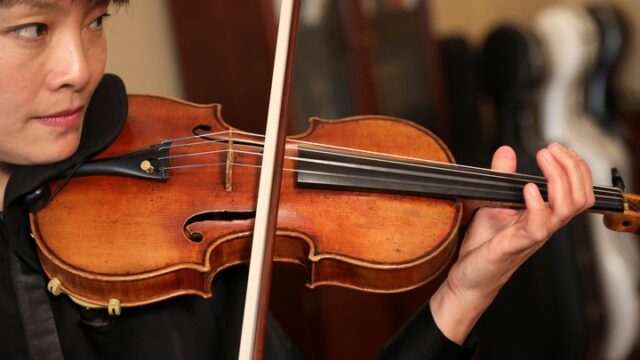
Musical instruments are as old as civilization is. If you take a look at some history books, you will see that we are right when we make a claim like this. Throughout history, a number of musical instruments have been invented. Sadly, some of these are long forgotten and it’s unlikely that they will be uncovered.
While this is a sad part of this story, it needs to be said that this is a normal occurrence. No knowledge will be known until the end of the time, right? So, humanity needs to do its best to preserve these instruments in the best way possible.
To some degree, we will succeed at this, but a lot of them will be forgotten over time. Thankfully, we now live in the modern world when all the knowledge is located on the internet, and the chances of preserving some information and knowledge have increased massively.
If you are interested in this kind of history, you certainly know that the violin is surely among the most important instruments. The sad sound it produces can penetrate even the hardest of heart, that’s why people love it. But there are some interesting things about it many people don’t know.
For instance, did you know that a violin can also be called a fiddle, depending on how you play it? Beyond the specific features of certain instruments, which are generally inconsequential, these two are practically the same in every way. They have pretty much the same aspects and most significant parts. It all depends on the technique you will use.
So, the short answer is: Yes, you can play the violin like a fiddle and vice versa. Nevertheless, it helps to be able to identify the similarities and slight differences between these two instruments. According to Ted’s List, knowing specifically how players refer to their instrument shows the kind of relationship they have with it.
When You Should Use a Certain Name?
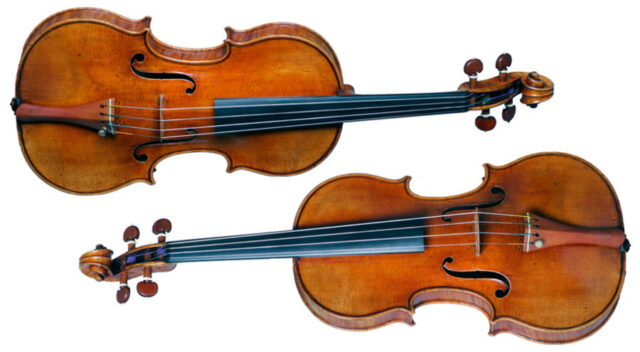
Here are some scenarios that tell you when to call your apparatus a “violin” and when to call it a “fiddle.”
Musical Setting
When referring to the violin in an orchestral setting, you call it as it is: a violin. However, it is usually called a fiddle in pop or country music. Still, the terms are interchangeable in general, as a fiddle is just the colloquial term for it. While we’ve said that the technique is the most important aspect in changing the name of this instrument, the perspective is also significant.
Style of Playing
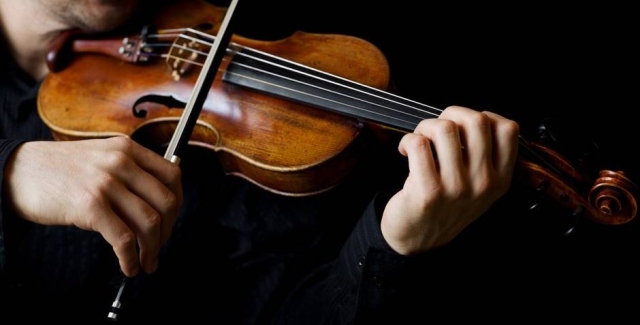
hearthemusicplay.com
A violin played as a folk instrument can be called a fiddle. “Fiddle” is the slang term for this one and is used by players across all genres. Thus, when they play country-style music using their tool, their instrument can be referred to as a fiddle. While this may don’t look like a big difference to some, we would like to say that this is the crucial factor. It all depends on the technique and the style of music you play, right?
When Giving Compliments
Calling a player’s violin a “fiddle” can be considered a compliment. That, in part, has to do with the storied narrative surrounding the instrument and how it’s almost always associated with “positive” music. Surely, the reason why a move like this would be a good one is that many players simply adore their apparatus. So, this kind of compliment will always be considered as something positive among these people.
Care and Caution
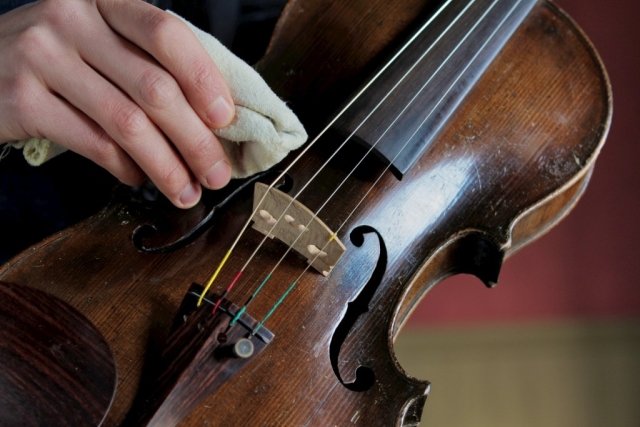
A running joke among violinists and fiddlers across musical genres is how they usually don’t care if something spills on their instrument. On the other hand, violinists would be devastated if something similar occurred to their prized possession.
Of course, we do understand where that jest came from, as fiddles are typically cheaper than violins. We are sure that not many people would consider this to be a bad thing. But there is always a small percentage of those who would consider it like that.
Does It Really Matter What You Call It?
Even with all these rules on when and when not to call it a fiddle and vice versa, people might still refer to one as the other. Semantically, both of these names have originated from Latin, except that “fiddle” took the path of Germanic languages, and “violin” came through the language of romance.
History also dictates that fiddles are the ancestors of modern violins. Both came with four strings, but it is usually this one has different forms and sizes. Basically, it needs to be said that there are some differences in how you will call it, based on a plethora of different factors. But if we’re realistic and we don’t include any of these factors, they are the same.
So, is it insulting to call someone’s prized violin a fiddle? It was previously mentioned that calling a violin a “fiddle” in most scenarios is considered a compliment, so there’s your answer. Nevertheless, there could be room for misunderstanding, as a player could take your “compliment” to mean that his or her instrument isn’t of the right quality, which can turn into an insult.
Of course, “fiddle” isn’t meant to address the instrument’s physical appearance in any way. Most of the time, it’s intended to tell players how fun their instrument is or how their playing encourages them to dance. Historically, these were used to create “dance music” and were called the original instruments.
Differences and Similarities Between Fiddles and Violins
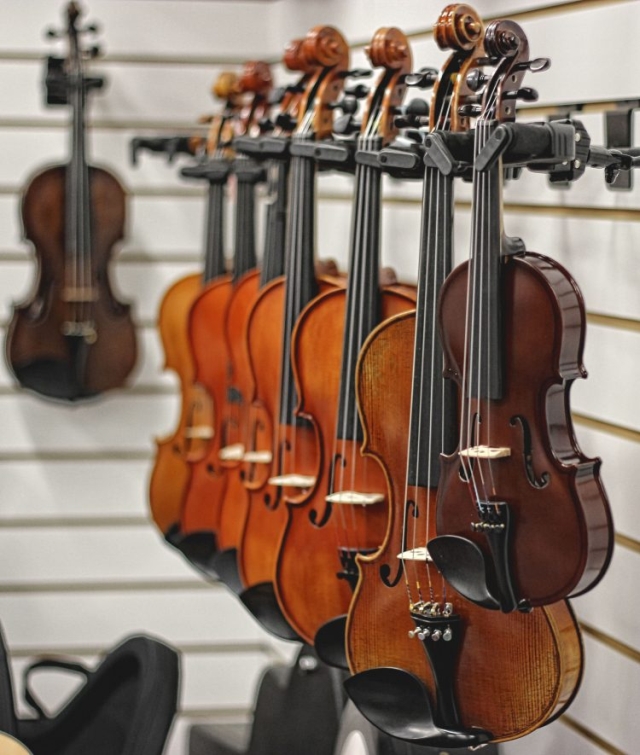
Despite being able to play one like the other, some differences, however slight, still exist between these two apparatuses. Most of the time, what you will notice about these instruments is how they could virtually be the same thing because of how similar they are. Now, would like to talk about some of the biggest differences between these two.
Structure
To the untrained eye, distinctions between these two concepts and their features will probably not be as apparent. That said, both of these pretty much share the same physical characteristics generally, so you wouldn’t even be wrong referring to one as the other in many scenarios. As we’ve mentioned above, it all depends on the situation and the context you are using.
Movement and Play Style
Fiddles are meant to create more upbeat tempos, while violins deliver more soothing, sophisticated sounds. Some of these are designed specifically to produce their respective sounds, although these unique traits still won’t keep them from being played like the other.
Technique
Fiddling usually doesn’t require the formal training of violin playing. That’s why fiddlers are known for being great at improvisation and not so good at playing by ear or reading notes. On the other hand, violinists are quite the opposite, with most being exceptional at reading music and playing things by ear yet being unable to play music spontaneously.
Sound
Yes, there are some sounds that are characteristic of both of these instruments. The latter typically deals with mastering vibrato sounds for the early part of one’s learning journey. In contrast, the former focuses on ingraining fourth finger drones, rolls and graces, and learning slides. The sounds you will be able to produce heavily depend on the moves you will make while playing it. Certainly, you will need to know what you need to do for a certain sound, right?
A Violin Is Also a Fiddle
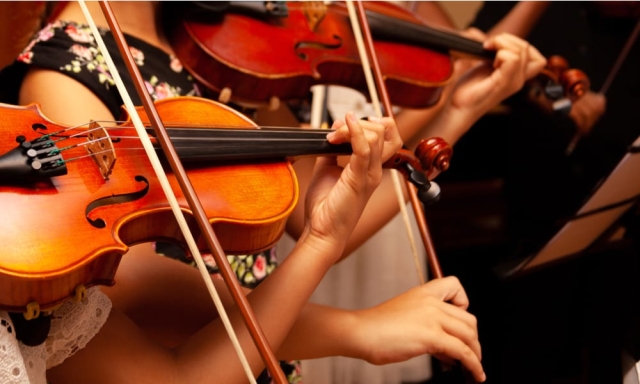
Outside of the instruments with all the specific features, a violin, and fiddle are the same. You can play one like the other and vice versa.
Even so, it’s still important to take note of distinctions where there are some, as there will be players and scenarios when each bowstring instrument’s historical narrative can’t be ignored. However, this is a rare case even among veteran violinists and fiddlers.
The Bottom Line
We are talking about a great instrument, that has had numerous influences on so many classical music pieces. Even in this day and age, it has a significant place in the musical world. We can only think how positive will be the impact it will have in the future. We just have to wait and see. But, we are sure that there will be these positives in the future.












